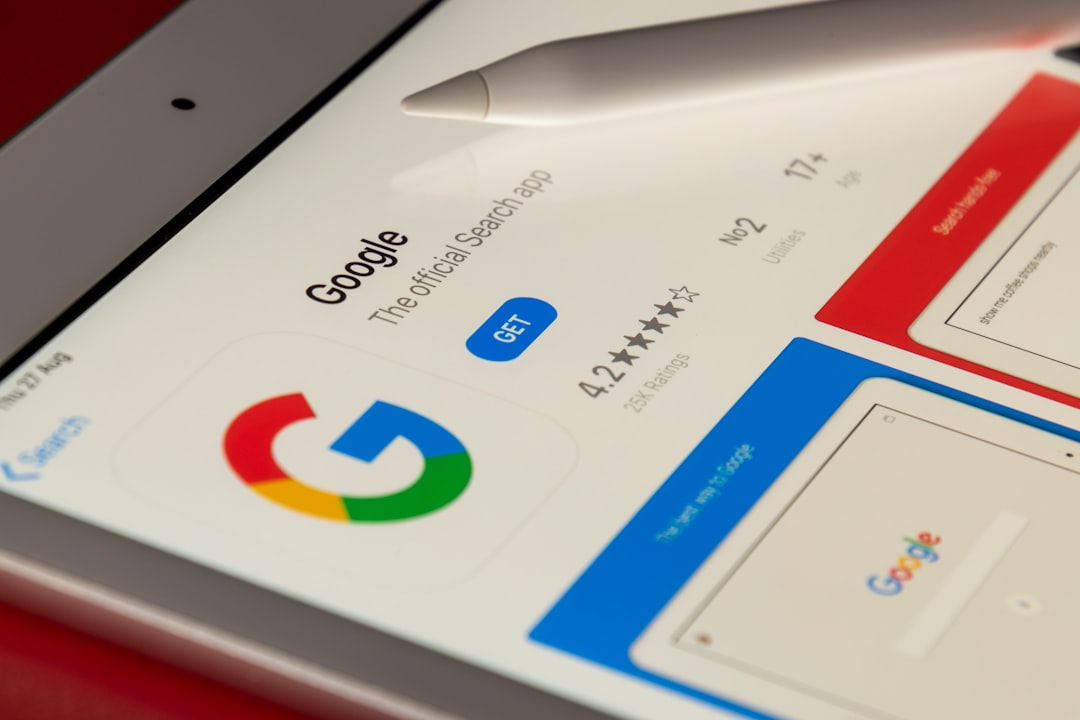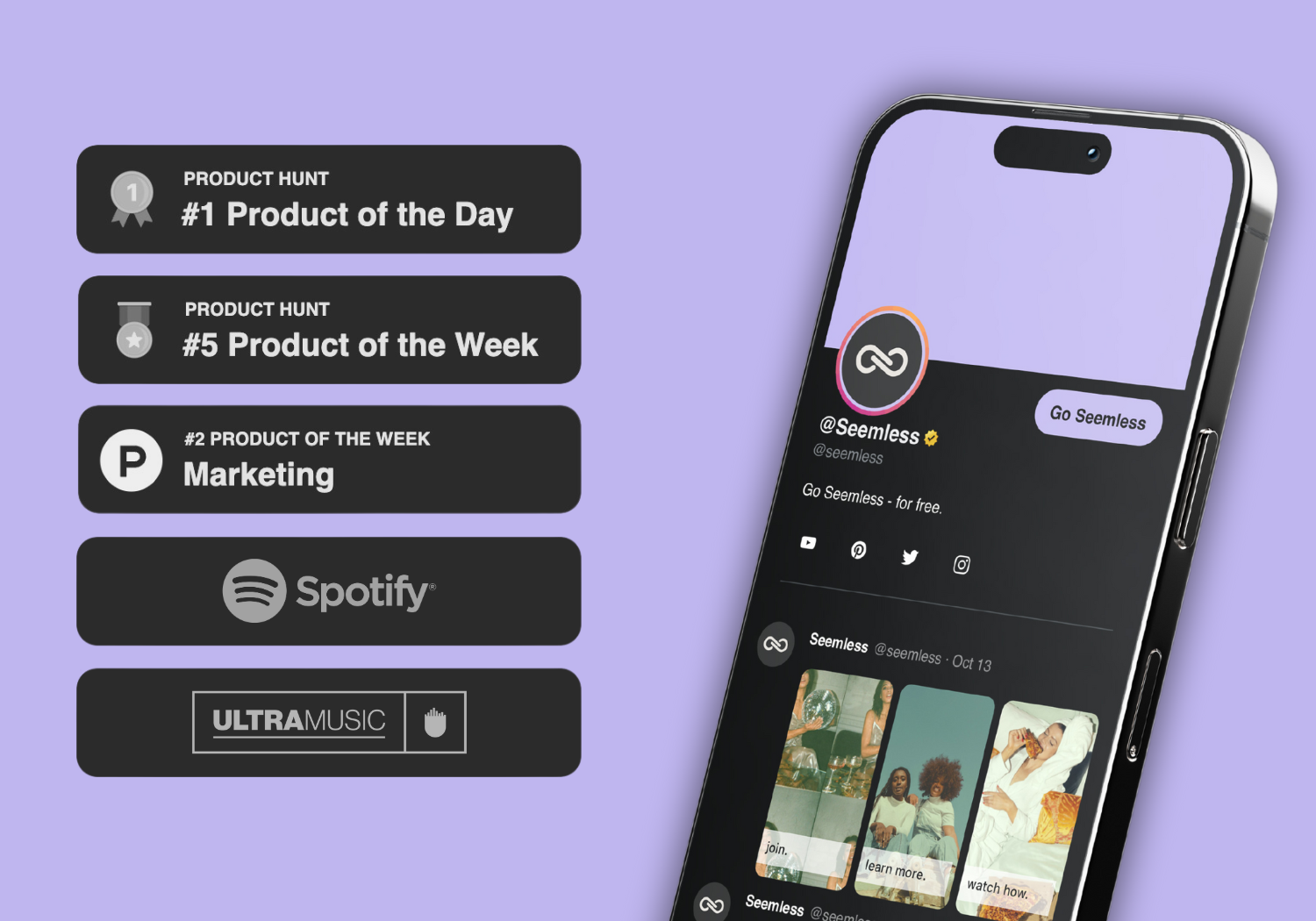In the digital marketing landscape, Google Ads and Search Engine Optimization (SEO) are two of the most powerful tools available for businesses seeking to enhance their online presence. Google Ads, a pay-per-click advertising platform, allows businesses to display ads on Google’s search results pages and across its extensive network. This service enables companies to target specific keywords, demographics, and locations, ensuring that their advertisements reach the right audience at the right time.
On the other hand, SEO is the practice of optimizing a website to improve its visibility in organic search results. This involves a variety of strategies, including keyword research, content creation, link building, and technical optimization, all aimed at increasing a website’s ranking on search engine results pages (SERPs). The interplay between Google Ads and SEO is a topic of significant interest among marketers.
While both strategies serve the common goal of driving traffic to a website, they operate on different principles. Google Ads provides immediate visibility through paid placements, while SEO focuses on long-term organic growth. Understanding how these two approaches can work together is crucial for businesses looking to maximize their online marketing efforts.
By leveraging the strengths of both Google Ads and SEO, companies can create a comprehensive digital marketing strategy that not only drives traffic but also enhances brand awareness and customer engagement.
Key Takeaways
- Google Ads and SEO are both important components of a comprehensive digital marketing strategy.
- Google Ads and SEO work together to improve a website’s visibility and drive traffic.
- Google Ads can complement your SEO strategy by targeting specific keywords and demographics.
- Google Ads can have a positive impact on organic search results by increasing brand visibility and website traffic.
- Best practices for integrating Google Ads and SEO include aligning keyword strategies and optimizing landing pages for both paid and organic search.
Understanding the Relationship Between Google Ads and SEO
The relationship between Google Ads and SEO is often characterized by a complementary dynamic. While they are distinct strategies, they share a common foundation: keywords. Both approaches rely on identifying the right keywords that potential customers are using to search for products or services.
In this sense, Google Ads can provide valuable insights into keyword performance. By analyzing which keywords generate clicks and conversions in paid campaigns, marketers can refine their SEO strategies to target high-performing keywords more effectively. Moreover, the data obtained from Google Ads can inform content creation for SEO.
For instance, if certain keywords are driving significant traffic through paid ads, it may be beneficial to create high-quality content around those keywords to capture organic traffic as well. This synergy allows businesses to make data-driven decisions that enhance their overall marketing strategy. Additionally, running Google Ads can help businesses test new keywords and messaging before committing to a full-scale SEO campaign, providing a low-risk way to gauge interest and effectiveness.
How Google Ads Can Complement Your SEO Strategy

Integrating Google Ads into an SEO strategy can yield numerous benefits that enhance overall performance. One of the primary advantages is the ability to gain immediate visibility in search results. While SEO efforts can take time to yield results, Google Ads allows businesses to appear at the top of SERPs almost instantly.
This immediate presence can be particularly beneficial during product launches or promotional campaigns when businesses need to generate traffic quickly. Furthermore, Google Ads can help businesses capture valuable data about user behavior and preferences. By analyzing metrics such as click-through rates (CTR), conversion rates, and bounce rates from paid campaigns, marketers can gain insights into what resonates with their audience.
This information can then be applied to optimize SEO efforts, ensuring that content aligns with user intent and preferences. For example, if a particular ad copy or landing page performs exceptionally well in a Google Ads campaign, similar themes or structures can be incorporated into organic content to improve engagement and conversion rates.
The Impact of Google Ads on Organic Search Results
| Metrics | Impact |
|---|---|
| Click-through rate (CTR) | Google Ads can increase CTR for both paid and organic results |
| Keyword visibility | Google Ads can increase visibility for specific keywords in organic search results |
| Brand awareness | Google Ads can improve brand awareness, leading to more organic searches for the brand |
| Search engine results page (SERP) real estate | Google Ads can occupy additional space on the SERP, potentially pushing organic results lower |
While Google Ads operates independently of organic search rankings, its presence can influence organic search results in several ways. One notable effect is the increased visibility that comes from having both paid and organic listings on the same SERP. When users see a brand’s ad alongside its organic listing, it reinforces brand recognition and credibility.
This dual presence can lead to higher click-through rates for both paid and organic listings, as users may perceive the brand as more authoritative when it appears in multiple formats. Additionally, running Google Ads can indirectly impact organic rankings through increased traffic and engagement metrics. If a business experiences a surge in traffic from its paid campaigns, this heightened activity can signal to search engines that the website is relevant and valuable to users.
Consequently, this may lead to improved organic rankings over time as search engines adjust their algorithms based on user behavior. However, it is essential to note that while there may be correlations between paid and organic performance, there is no direct causal relationship established by Google.
Best Practices for Integrating Google Ads and SEO
To effectively integrate Google Ads with an SEO strategy, businesses should adopt several best practices that ensure both channels work harmoniously together. First and foremost, conducting thorough keyword research is crucial. Marketers should identify high-value keywords that perform well in both paid and organic searches.
Utilizing tools like Google Keyword Planner can help uncover keywords with high search volumes and low competition, allowing businesses to target them strategically across both platforms. Another best practice involves aligning messaging across Google Ads and organic content. Consistency in branding and messaging helps create a cohesive user experience.
For instance, if an ad promotes a specific product feature or benefit, the corresponding landing page should reflect that same focus in its content. This alignment not only enhances user experience but also improves conversion rates by ensuring that users find what they expect when they click through from an ad.
Tracking and Measuring the Impact of Google Ads on SEO Performance

To understand the effectiveness of integrating Google Ads with SEO efforts, it is essential to track and measure performance accurately. Utilizing tools like Google Analytics allows marketers to monitor key metrics such as traffic sources, user behavior, and conversion rates. By segmenting data between paid and organic traffic, businesses can gain insights into how each channel contributes to overall performance.
Additionally, tracking keyword performance across both platforms provides valuable information about which keywords drive traffic and conversions. Marketers should analyze metrics such as CTR for both paid ads and organic listings to identify trends and opportunities for optimization. For example, if certain keywords perform well in Google Ads but not organically, it may indicate a need for improved content targeting or optimization efforts for those specific terms.
Common Misconceptions About Google Ads and SEO
Despite their widespread use in digital marketing, several misconceptions persist regarding Google Ads and SEO that can hinder effective strategy development.
In reality, there is no evidence to suggest that running paid campaigns directly affects organic search performance.
Instead, both channels can coexist and complement each other when managed effectively. Another misconception is that SEO is a one-time effort rather than an ongoing process. Many businesses mistakenly believe that once they achieve high rankings through SEO, they can stop investing in optimization efforts.
However, search engine algorithms are constantly evolving, and competition for keywords remains fierce. Continuous optimization is necessary to maintain visibility in organic search results over time.
Leveraging Google Ads to Enhance SEO Performance
In the ever-evolving landscape of digital marketing, leveraging both Google Ads and SEO presents a unique opportunity for businesses to enhance their online presence effectively. By understanding the relationship between these two strategies and implementing best practices for integration, companies can create a robust marketing approach that drives traffic, increases brand awareness, and ultimately boosts conversions. The synergy between Google Ads and SEO allows businesses to capitalize on immediate visibility while simultaneously building long-term organic growth.
By tracking performance metrics and dispelling common misconceptions about these strategies, marketers can make informed decisions that optimize their overall digital marketing efforts. In doing so, they position themselves for success in an increasingly competitive online environment where visibility is paramount.
If you are interested in optimizing your social media presence, you may want to consider using a link-in-bio tool. These tools allow you to include multiple links in your bio, making it easier for your followers to access all of your important content. To learn more about the top link-in-bio apps for 2024, check out this article. Additionally, if you are trying to decide between Linktree and Later for your link-in-bio needs, this comparison article on Linktree vs. Later may help you make an informed decision.
FAQs
What is Google Ads?
Google Ads is an online advertising platform developed by Google, where advertisers pay to display brief advertisements, service offerings, product listings, or videos to web users.
What is SEO?
SEO stands for Search Engine Optimization, which is the practice of increasing the quantity and quality of traffic to your website through organic search engine results.
Does Google Ads directly boost SEO performance?
No, Google Ads does not directly boost SEO performance. Google has stated that running Google Ads does not impact your organic search rankings.
Can Google Ads indirectly impact SEO performance?
Yes, Google Ads can indirectly impact SEO performance by driving more traffic to your website, which can potentially lead to increased brand visibility, more backlinks, and improved user engagement – all of which can positively impact SEO.
What are the benefits of using Google Ads for SEO?
Using Google Ads can help increase brand visibility, drive more traffic to your website, and provide valuable data and insights that can be used to inform and improve SEO strategies.
What are the limitations of using Google Ads for SEO?
While Google Ads can drive traffic to your website, it does not directly impact organic search rankings. Additionally, it requires ongoing investment, and the benefits may diminish once the ad campaigns are paused or stopped.

